The Myth That Night Vision Cameras Capture Paranormal Activity The Eye Can't See


This page is more than four years old and was last updated in May 2024.
Despite the fact that the vast majority of sightings of apparitions occur in broad daylight, many paranormal investigations take place in the dark. The problem is, you can't see anything in the dark, so ghost hunters use night vision video cameras to compensate.
It's often said that night vision lets you see things that aren't visible to the human eye, but how true is this claim? Well, it's not as straight forward as a yes or no answer.
If we exclude paranormal activity for now and just concentrate on the more accepted science of this type of video camera, then the answer is no, night vision doesn't reveal anything the human eye can't see.
The reason behind this is because cameras work in the exact same way as our eyes. Light hits an object, it reflects off of it and into the lens and is captured on a sensor. The same is true of our eyes, the light enters through the pupil and hits the retina.
Obviously we can't see in total darkness, and neither can a regular camera. All cameras need light and in the case of night vision cameras this light source is an infrared light. Usually this is either built into the camera itself or is an external IR illuminator that is mounted on the camera.
This light is invisible to the human eye, but works in the same way as visible light does. The light from the infrared light source hits the object, reflects off and into the camera's lens. When switched to night vision mode the camera ignores visible light, but becomes sensitive to infrared light only.
Anything the camera sees using infrared must also be visible to the human eye if the lights were on. This is because the object is solid and capable of reflecting light whether that be visible light or infrared light.
So, a night vision camera does not see anything the human eye can't. It just sees it when the lights are out and we can't.
Can You Capture A Ghost On Camera?
If we start thinking about the paranormal and night vision cameras specifically then things get a little more theoretical and uncertain. It's hard to know for sure how a ghost might be captured on camera but we can use logic to try to understand the situation.
First off, let's imagine an apparition walks past our camera and it appears to be semi-transparent. By this we mean that you can see what is behind the apparition through the figure. In order for this to happen some of the light reflecting off of the scenery behind the ghost must be passing through the apparition and into the camera.
This tells us that some light can pass through the ghost, but not all of the light. The ghost must be reflecting a percentage of the light in order for it to be visible - whether the light source is infrared or normal visible light.
One possible explanation as to why a ghost might appear to be semi-transparent is that the apparition is in a partially manifested state and is composed of some kind of mist or vapour with a low density. This would allow for some light to pass through the shape but not all - in the same way that your car's headlights are less effective in foggy conditions.
If a manifesting ghost is composed of a type of mist, then logic dictates that there's no reason to assume that it should only reflect infrared light and not visible. So again, this type of phenomenon would be visible to the naked eye in a well-lit environment as well as to the night vision camera.
If this process of manifestation is not interrupted then it's possible that a full, solid-looking apparition might appear. Many witnesses report seeing ghosts that are so solid that it's impossible to distinguish them from a living person.
Once a ghost is in solid form then we know no light is passing through it because it no longer appears partially translucent. This tells us that it must be reflecting all of the light that hits it to make it appear solid to the human eye and to a night vision camera using infrared. So again, the camera wouldn't see anything our eye doesn't.
However, it is possible that different ghosts could react differently to different frequencies of light. Visible light might be able to completely pass through an apparition making it invisible to the human eye while infrared light reflects off of it making it visible to a camera only and not the naked eye. This could be true whether the ghost is in a mist-like manifesting state or as a solid figure.
The problem is nothing else in the universe naturally behaves in this way, only manmade filters for lenses which are designed to work in this way. There is no current scientific precedence to back up this theory.
There is one other possibility and that's that ghost generate their own source of light. Paranormal investigators often link activity to the detection of electromagnetic energy and light is a form of EM, just like electromagnetism or static fields.
Both visible light and infrared light sit relatively close together on the electromagnetic spectrum, so if investigators' theory about a link between EM and hauntings is correct, then it's possible that this link could include EM in the infrared or visible light range.
This could explain a lot. It would mean that a ghost wouldn't need to be able to reflect light and therefore wouldn't need to interact with its environment in any way, allowing it to pass through solid objects like doors and walls.
In this case the ghost wouldn't be reflecting any light but because it is generating its own we would be able to see that glow. If a ghost does emit light then it must be able to emit both infrared and visible light since ghosts have been caught on night vision cameras as well as being seen with the naked eye.
If it were true that ghosts do emit light rather than reflect it, we can't know for sure whether a spirit would emit visible and IR light at the same time, or just one type at any given moment. If a spirit was radiating just IR and not visible, then a night vision camera would be able to see that ghost as a glowing apparition even though it would be invisible to the human eye. Of course, this would also mean the opposite is true and there would be times when we could see a ghost that a night vision camera that's limited to infrared sight couldn't.
However, this idea does conflict with many reports of sightings of apparitions in which the figure is caught on night vision cameras and seen with the naked eye, this would suggest that if a ghost does emit light then it must be both infrared and visible light.
An interesting way to test this would be to use a camera in total darkness during an investigation at a haunted location without any source of light at all. This could be a conventional video camera or a night vision camera with the IR illuminator turned off.
If a ghost does emit light - either visible, infrared or both - then the camera should be able to see it even in total darkness. This is an experiment which is rarely carried out, despite claims in the paranormal field that orbs emit their own source of light. Orbs are said to be apparitions in the early stages of manifestation, but many believe that they are nothing more than dust reflecting light from the camera. Capturing an orb in total darkness would help to prove that the apparent light that orbs seem to be emitting isn't just light-reflecting dust.
The problem with the idea that ghosts can emit light is summed up by a quote which often gets bandied around in the paranormal community: "Energy cannot be created or destroyed, it can only be changed from one form to another."
This principle of thermodynamics means that a ghost cannot just create energy in the form of light out of thin air, so this leaves us with just one question... where could this light be coming from? Since ghosts are visions of the past, perhaps the light we see is somehow being transmitted from their time in the past.
Learn With Higgypop
Hosted by Paralearning in association with Higgypop, these courses on ghost hunting, paranormal investigations, and occult practices draw on the experience of our team of paranormal writers.
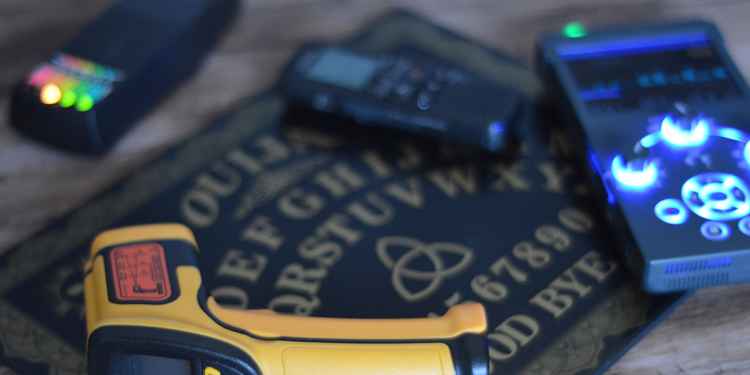
Diploma In Practical Ghost Hunting & Scientific Analysis
This course gives you practical and useful knowledge of ghost hunting and paranormal research, which is invaluable when conducting your own paranormal investigations or as part of a group event.
View Course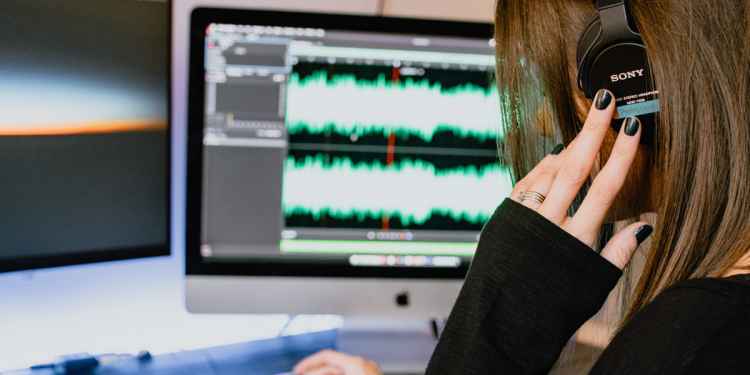
Diploma In Capturing & Analyzing Electronic Voice Phenomenon
This course gives you practical and useful knowledge of ghost hunting and paranormal research, which is invaluable when conducting your own paranormal investigations or as part of a group event.
View CourseMore Like This
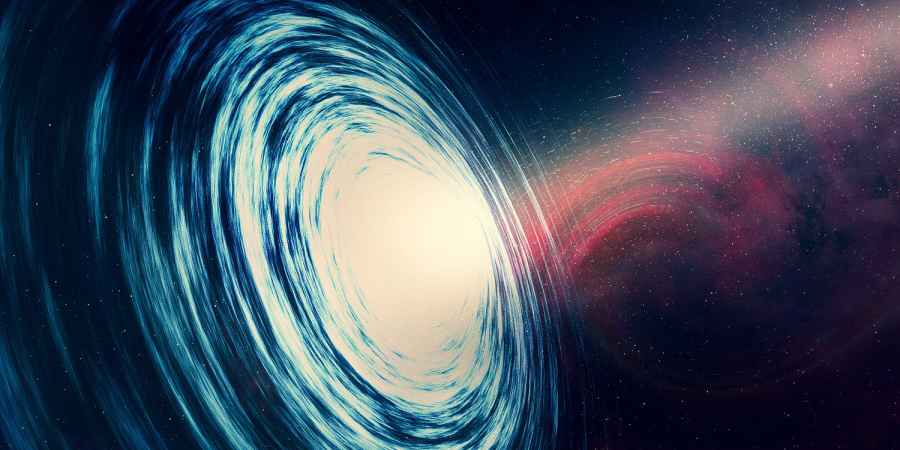
ScienceMarch 10, 2025
What Ghost Hunters Mean When They Talk About Dimensions
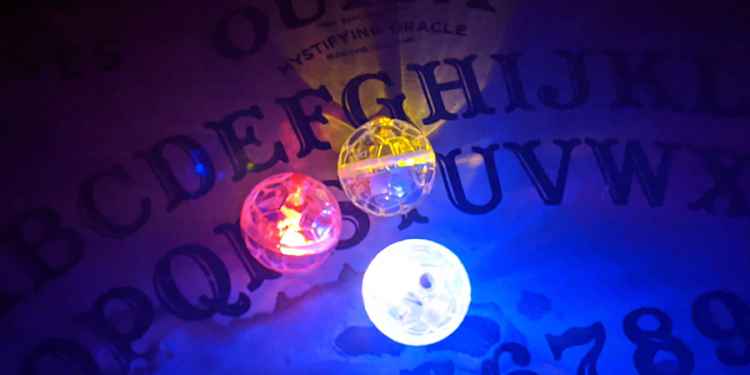
Ghost HuntingJanuary 26, 2025
These Are The Ghost Hunting Gadgets You Should Avoid If You Want To Be Taken Seriously As An Investigator
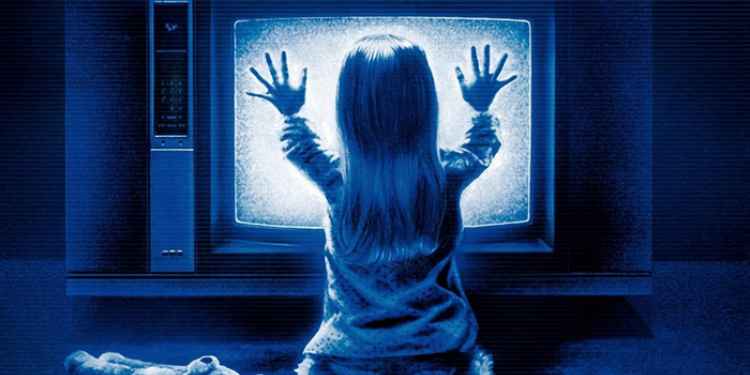
GamesDecember 09, 2024
Poltergeist Quiz
 See More on Audible
See More on Audible

Comments
Want To Join The Conversation?
Sign in or create an account to leave a comment.
Sign In
Create Account
Account Settings
Be the first to comment.